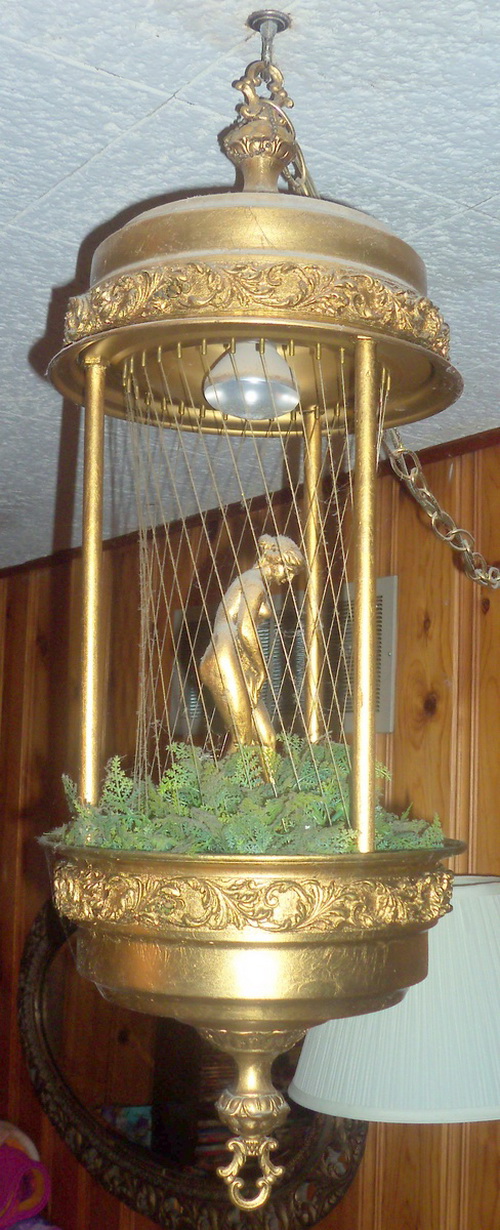Oil Rain Lamps: A Timeless Glow - Uses, Safety & More!
Ever wondered how our ancestors illuminated their homes before the advent of electricity? The answer lies, in part, with oil rain lamps, more than just functional objects, they are a testament to human ingenuity and a tangible link to a bygone era, offering warmth, light, and a touch of nostalgia that continues to resonate today.
Oil rain lamps, in essence, are a simple yet effective means of producing light through the controlled burning of oil. For centuries, these lamps served as a primary source of illumination in homes, public spaces, and even sacred sites. Their design typically involves a reservoir to hold the oil, a wick to draw the oil upwards, and a mechanism to ignite and sustain the flame. While the basic principle remains consistent, oil rain lamps have evolved in their design, materials, and applications over time.
| Aspect | Details |
|---|---|
| Name | Oil Rain Lamp (Generic Term) |
| Type | Illuminating Device |
| Primary Function | To provide light through burning oil |
| Fuel Sources | Vegetable oils, animal fats, kerosene |
| Materials | Metal, glass, ceramic |
| Historical Significance | Primary source of light for centuries |
| Modern Applications | Decorative accents, emergency lighting |
| Safety Considerations | Proper maintenance and handling to prevent fire hazards |
| Principle of Operation | Wick draws fuel up, which is burned to produce light |
| Reference Link | Wikipedia - Oil Lamp |
- Discover The Delicious World Of Candy Alexa Is It Worth It
- Vegamovies 4k Hindi Dubbed Watch Hindi Movies Online

Oil rain lamps are lamps that are designed in such a way that while

15 Amazing Rain Lamps Warisan Lighting

How to Add Oil to a Vintage Rain Oil Lamp. Stepbystep instructions